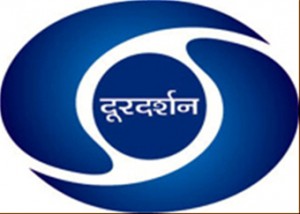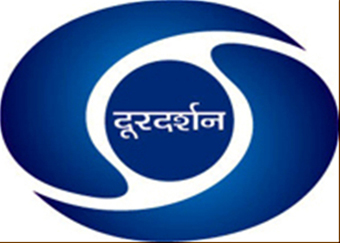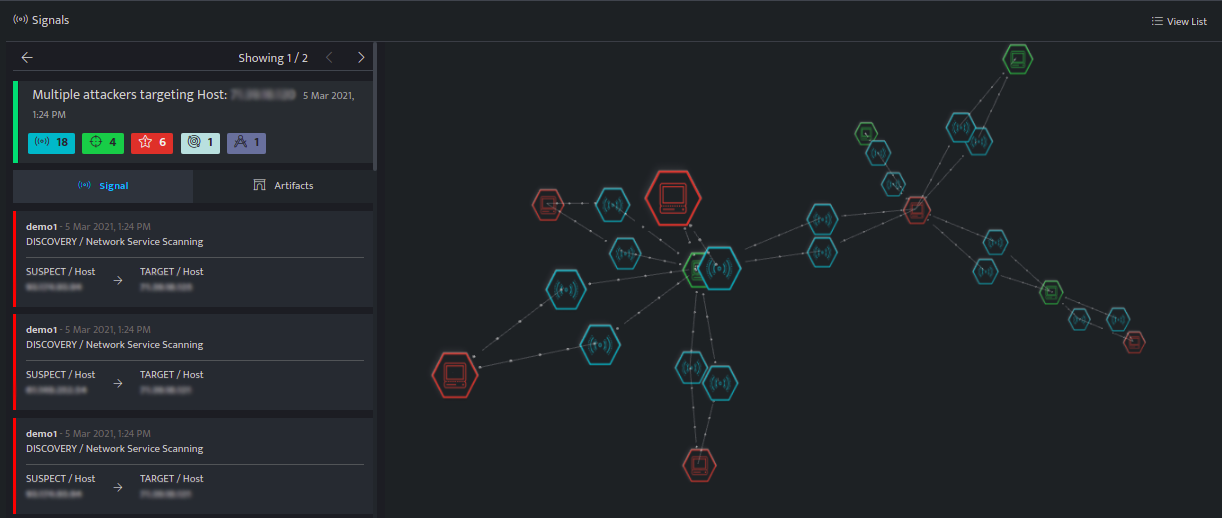 Public broadcaster Prasar Bharati is experimenting with a pilot project to let people watch TV channels directly on their smartphones, without using Internet or telecom broadband, in an ambitious attempt to reach the largest number of audience ever. “When the world was moving from terrestrial to satellite, Doordarshan was only moving backward. Now the only way to leapfrog is to use the existing infrastructure along with new technologies,” Jawahar Sircar, CEO at Prasar Bharati, told ET.
Public broadcaster Prasar Bharati is experimenting with a pilot project to let people watch TV channels directly on their smartphones, without using Internet or telecom broadband, in an ambitious attempt to reach the largest number of audience ever. “When the world was moving from terrestrial to satellite, Doordarshan was only moving backward. Now the only way to leapfrog is to use the existing infrastructure along with new technologies,” Jawahar Sircar, CEO at Prasar Bharati, told ET.
To begin with, Prasar Bharati plans to create a bouquet of around 20 free-to-air channels, including top DD channels and some popular free-to-air channels operated by big private broadcasters. The idea is to catch the new age on-the-go viewers who are spending a lot of time on smartphones and tablets. According to Sircar, Prasar Bharati just needs to upgrade its existing infrastructure to achieve this goal.
There are a large number of installed transmitters that can be used to send digital signals directly to a device through an external dongle or an in-built chip designed specially to do so, he said.
“Each viewer will be able to view the content through a dongle attached to a hand-held device, which ultimately could be inbuilt into their system by hardware manufacturers like Samsung, Apple, Microsoft and HCL, as was done for FM radio channels,” said Sircar.
Prasar Bharati has written to the governing ministry of information and broadcasting with a blueprint of the plan and is currently doing in-house tests from its transmitters in Delhi using imported dongles.
As per the plan, viewers will be able to get, in one single broadcast service, about 20 TV channels and 20 radio channels. These will be free to air and free for life. No dish, no internet and no set-top box required. These broadcasts would be available over a large geographical area covered by the transmitters larger than the coverage of current terrestrial transmissions of DD.
Experts said the plan is very ambitious and has its own set of limitations. But, if it works, it could have far-reaching implications.
“This can work only if the technology is outstanding and unique from what’s already available,” said Timmy Kandhari, a senior media expert and managing director of Mumbai-based advisory firm Sapphire Professional Services.
He said there could be hardware issues. “Many phones like iPhones don’t even have a provision to use a dongle,” Kandhari said, adding, “And private broadcasters are already creating their own platforms for smartphones.”
Commenting on marketing and advertising potential, Maxus India’s managing partner Navin Khemka said unless the content is unique, it will be difficult to attract attention of smartphone users. “Doordarshan has traditionally worked in what we call the mediadark regions where the traditional media cannot work. And the population of smartphones users in such areas is still very low,” Khemka said.
Sircar of Prasar Bharati, however, said the new system will be far more efficient than the existing analogue superstructure. Comparing DD’s technology with the one used by telecom operators to stream video and audio content, he said the need for spectrum would not be linked to the number of users, unlike the 4G services.
“The DTT (digital terrestrial television) technology is in a position to compete successfully against OTT (over-the-top technology) and meet the target of seamless streaming into over 200 million smartphones and tablets,” Sircar said. The number of smart-devices users in India is much more than the 180 million TV homes currently.
Financially, the project has to be self-funded, Sircar said. The plan is to charge private broadcasters to have their free-to-air channels part of the proposed bouquet.
“They will get the reach and Prasar Bharati will get funds, which will be ploughed back into the system to improve content quality and other upgradations,” he said without sharing the exact timeline for the launch of the service. The broadcaster also plans to leave it to private broadcasters to market and generate advertising revenues.









